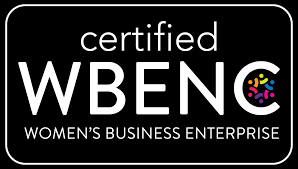Celebrate June by going for a hike on one of many local or national trails in your area. First, make sure you have packed properly. Below are necessary items for basic packs/day trips. Once you have your basic pack ready, you can build from there.
Determining what to take depends on where you will be hiking and the duration of the hike.
The basics according to Jeff Wetherington from the Suite101.com backpacking website are:
- Hiking boots or quality walking shoes with an extra pair of socks
- Backpack or daypack—how big depends on how long your trip will be.
- Proper clothing—remember to layer if you are beginning in chilly weather and ending in warm weather and vice versa. A simple type of rain/wind gear can be beneficial.
- Water—It is the best form of hydration, 2 quarts per person, more if you are hiking in a dry area or for more than a half day.
- Food—Make a little extra just in case.
- Map/Compass or GPS.
- First Aid Kit and a multi tool.
- Sunscreen/Insect repellent.
- Your Identification.
- Ziploc baggies/toilet paper&mdash”Leave no trace” motto meaning leave Mother Nature beautiful and take home your garbage.
Above all, make sure to tell someone if you are hiking alone when you will return or even in a group, someone needs to know where you are.
Smart wool socks are a great addition to anyone’s closet and there are many all purpose hiking shoes/boots out there; just make sure you are comfortable. As noted in the above listing, layering is key. You can always take off or put on clothing as needed
Food was mentioned above. Simple, small and nutritious is the best. Some suggestions: GORP also known as gobs of raisins and peanuts (have fun creating and adding your own elements to the mix); real jerk (jerky); fresh fruit like apples, hard cheese and crackers. The site www.outdoorplaces.com is an excellent reference for information on where to hike and gives more detailed information.
Now that you have your pack basics; let’s go hiking! A great local resource is a state gazetteer. It features everything from hiking, biking, camping, fishing, natural/historic landmarks and food manufacturing, places to see—all in your state! Travelling with this giant map is great because adventure is at your fingertips and many times free. It also enables you to familiarize yourself with the beauty within your state.
If you are fortunate enough to live close to national parks and mountains, you can use www.npca.org or www.thebackpacker.com/trails websites. The backpacker is a monthly publication that features local and national hiking/backpacking trails and gives information on anything you want to know about this outdoor activity.
Remember to don your boots and get outdoors! Discover something new in your state that will provide a great memory!
Posted By National Wellness Institute, Tuesday, June 01, 2010
Updated: Friday, December 28, 2012
 Vice President of Operations Bonnie Monroe brings nearly 23 years of experience in human resources to her role at WellAdvantage. She has worked in a wide range of industries, including telecommunications, aviation, international non-profit, and corporate wellness
Vice President of Operations Bonnie Monroe brings nearly 23 years of experience in human resources to her role at WellAdvantage. She has worked in a wide range of industries, including telecommunications, aviation, international non-profit, and corporate wellness











